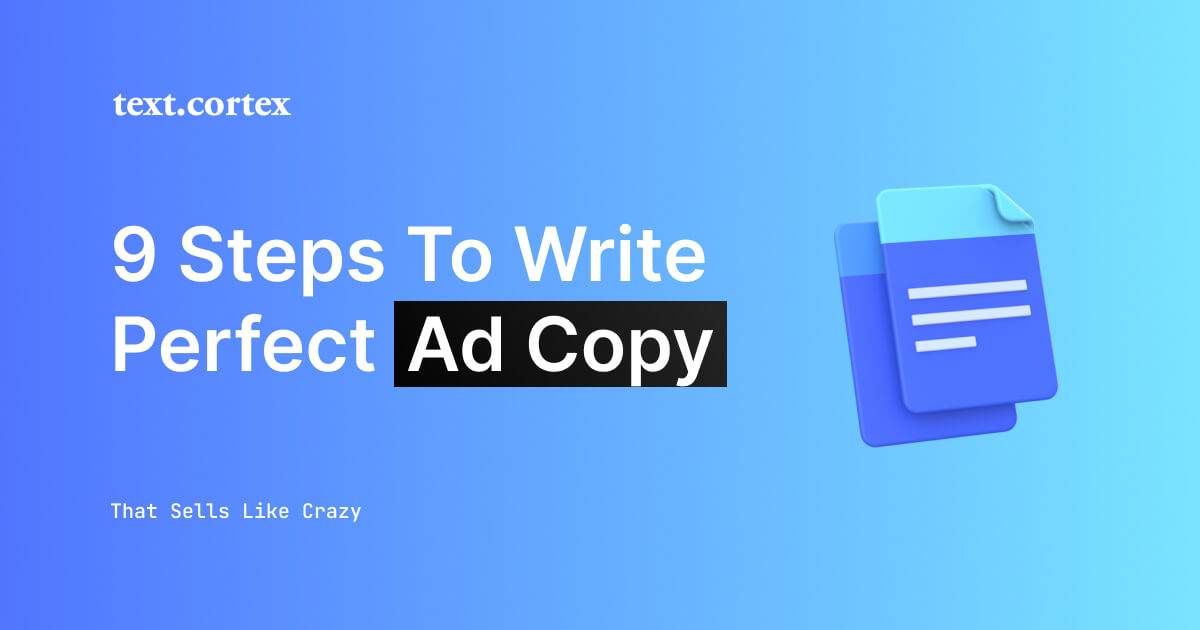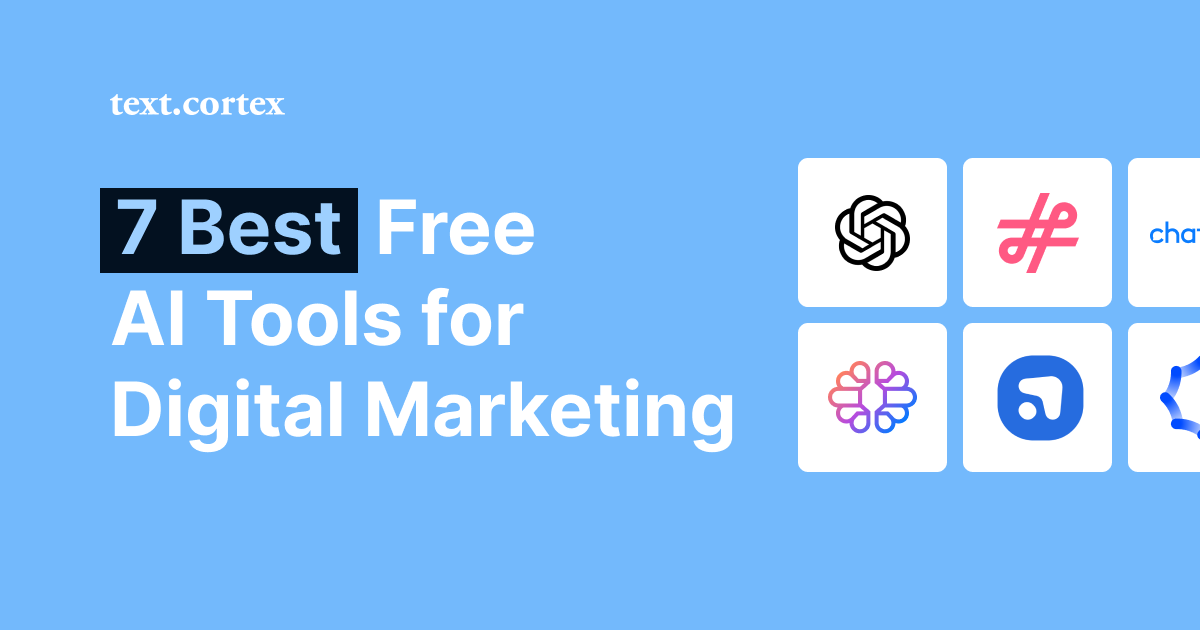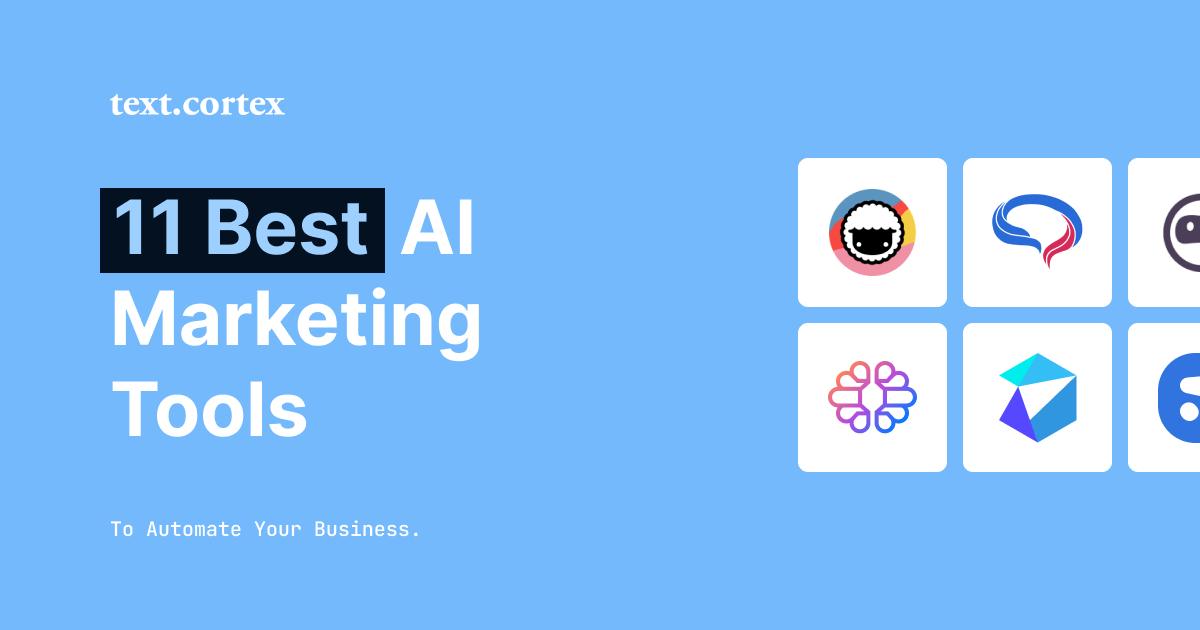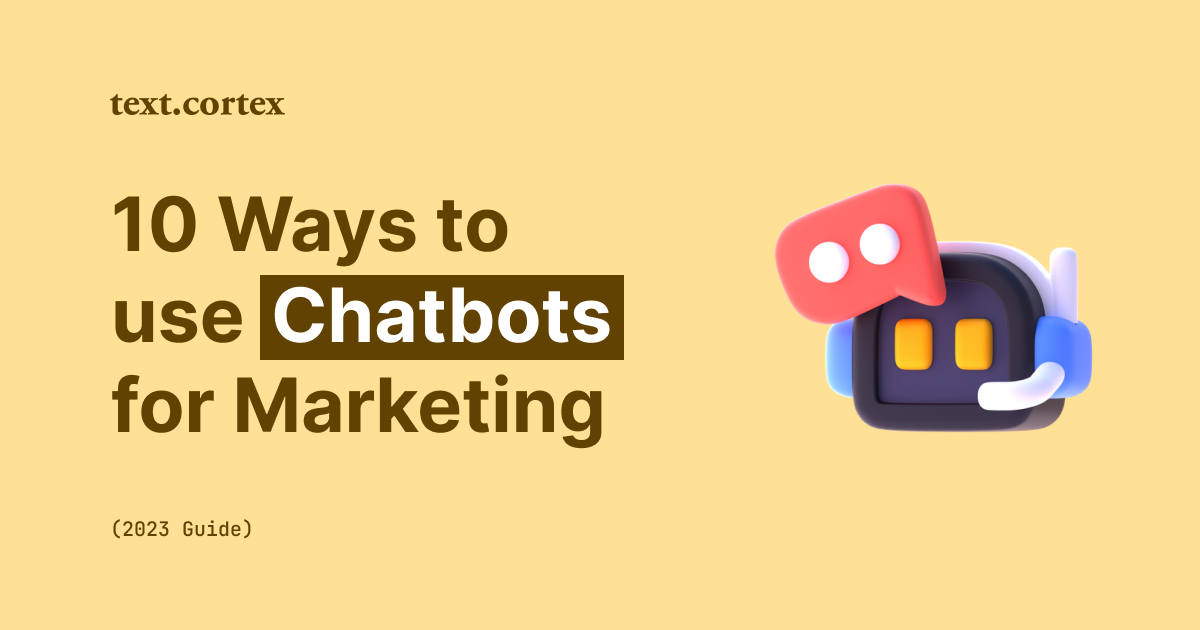Are you tired of rewriting your sales page or email every time you try to sell something because it simply doesn't convert?
Copywriting is one of the most critical parts of successful marketing.
The better your ad copy, the more likely someone will click, buy and even return for more.
Things like blogs, social media posts, landing page copy, and even email marketing should help your potential customers get your point across in order to convert.
Yet, your ad copies always fail somehow.
But don’t worry, you’re not alone, many marketers struggle with this.
To help you get over it, we will guide you through copywriting elements that can help you improve your copy and achieve better results.
So it doesn't matter whether you offer a product or service, the takeaway of this article is understanding how to create Ad copy that sells and what to have in mind to make it relates to your audience.
So, let's get started!
What Makes A Good Copy?
A good ad must catch customers' attention before it leads to successful conversions.
You have to convince your potential buyers with words and visuals to get interested in something they can't touch, smell, or taste.
The primary benefit of a good ad copy is increasing engagement and encouraging visitors to share among their friends to boost your sales.
To do that, your ad copy must be:
1. Easy to read – concrete, without complex words and unnecessary information.
2. Engaging – informative, entertaining, and written in customers’ language.
3. Seductive – so customers can picture themselves using a product or service.
4. Problem-solving – your product is the solution to customers' problems (this is the most important one).
5. Different - if you’re offering something that already exists on the market, then why should someone buy from you?
Let's get straight to the steps of composing an ad that converts.
9 Tips for Writing Persuasive Ad Copy That Sells
Tip #1 Create a clear vision of your ideal customer
It's easier to write with customer needs when you have a clear idea of who you're writing your ads for.
When your copy is written in a way relevant to your prospects, you can be confident that it will be more effective.
Ask yourself: "What keeps this person up at night? What do they need or want? How can my product or service satisfy those needs?"
For example, if you're trying to sell a high-end line of yoga mats, you might imagine someone who is a busy professional who wants to de-stress at the end of the day.
Or, if you run a home-improvement business, your ideal customer might be a homeowner who has some DIY skills but needs help with larger projects.
You can start by creating a buyer persona.
A buyer persona represents a composite of your customers based on real data and some educated speculation about their demographics, behavior patterns, motivations, and goals.
For instance, you can target Facebook ads based on the user's age, gender, location, interests, and other attributes.
So as you build out your persona, consider what parameters will help you find the best fit.
Use motivations such as:
- What do they like to do for fun or entertainment?
- What do they want out of life or from a product like yours?
- What do they value most (e.g., money, prestige)?
Once we define all these parameters, it will be easier for us to identify the person we are writing to.
That will lead us to create a more personalized ad that will attract more people in the market for your product.
Tip #2 Know what problem your product solves
You must identify that problem and explain how your product solves that problem for customers.
But, the problem is, your customers are busy and distracted.
They have a million other things they could be doing, and most of them are probably more interested in something else than buying what you're selling.
That's why it's your job to make sure that your ad copy is so dazzlingly effective that it makes them stop what they're doing, look at your ad, and be compelled to take action on it.
What do you promise customers?
For example, here's some clever ad copy from Casper:
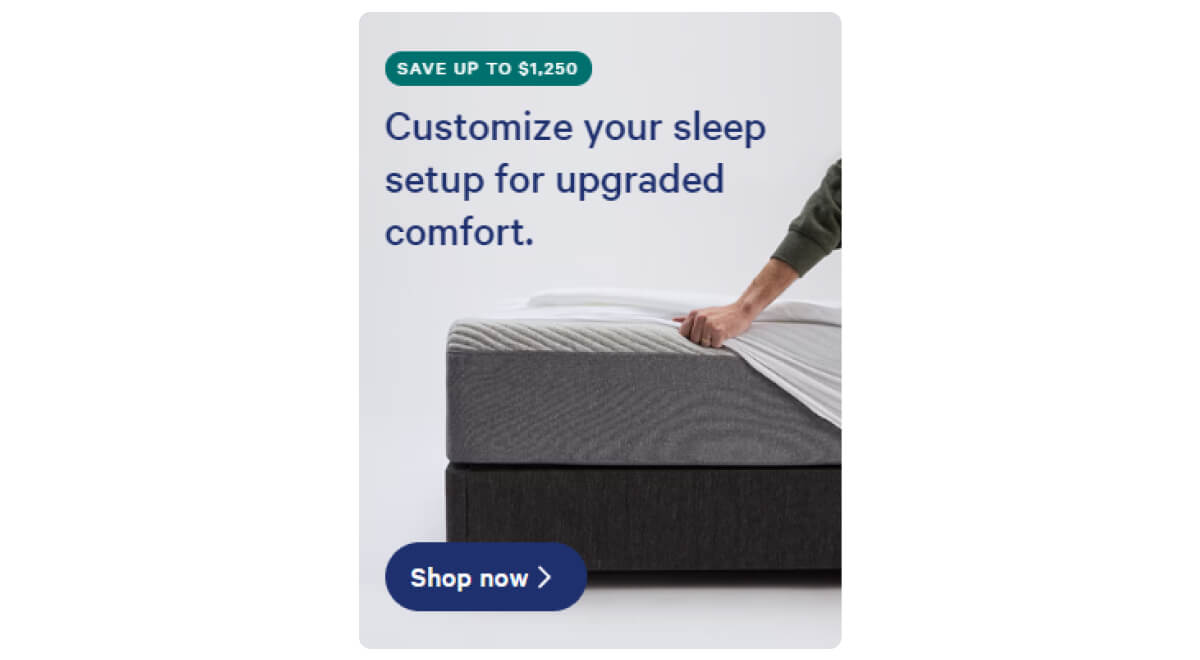
The company sells mattresses, but it doesn't list them in the ad copy.
Instead, it focuses on how you don't want to feel like sleeping on a cloud:
"Customize your sleep setup for upgraded comfort."
Casper could have listed all of its mattress models and sizes, but who cares about that?
Almost no one is looking for "a full-size mattress with medium firmness."
Most people just want a good night's sleep.
So, make a promise to your customers and explain how you're going to solve their problems efficiently.
Tip #3 Write a captivating ad headline
The headline of your ad should be something that grabs people's attention immediately and compels them to read the rest of the copy.
That is especially important because people usually quickly scan an ad to determine if it is worth spending time on reading it.
It is important to ask yourself what you want your ad to say, then creatively get across your message without sounding like everyone else:
- Be short but punchy – Short and simple ads are easier to consume and more effective.
- Use familiar terms – Use language that your prospects can relate to.
- Set the tone of your ad – Use emotions and a friendly tone to convince people to take action.
- Send a strong brand message – Be upfront about your business and any pertinent information about it.
- Include a memorable hook – Use catchy and powerful words at the end of the headline to hold readers’ attention.

Tip 4# Focus on benefits instead of features
When creating an ad, sell benefits that tell readers how your product/service will make their lives better, easier, happier, healthier, more comfortable, or more exciting.
Let's say you sell electric screwdrivers.
You might think the benefit of your product is that it's small and light, so you can use it one-handed while balancing on a ladder.
But the real benefit is that it's safer because you're not using both hands on the ladder.
Features tell about the physical characteristics of your products and services, while benefits tell about how those characteristics benefit customers.
If you can prove that point, you've got an ad.
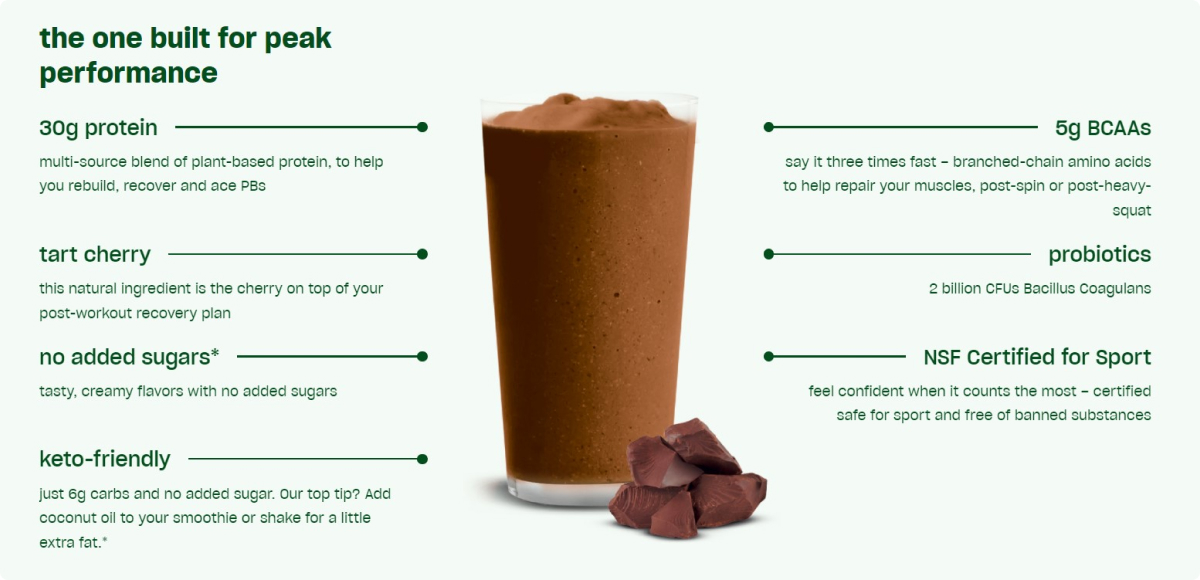
Also, make sure your ads aren't vague or boring – that's just lazy writing and lazy thinking.
And boring ads don't work very well.
If your product saves time, money, or effort (or all three), then say so, and explain how!
Prove it with specifics: "Save 20 minutes a day!", "Cut your costs in half!", "Take the pain out of payroll!".
The more specific you are, the better.
Tip #5 Create an irresistible offer
One of the essential elements in an ad is your offer because it tells people what they will get if they purchase.
Offer something valuable or unique that people can't get anywhere else.
Customers love getting a good deal, but an offer that's too good to pass up is even better.
For example, if you're selling a product, guarantee it will work for 10 years, or a double refund if the customer isn't pleased with it.
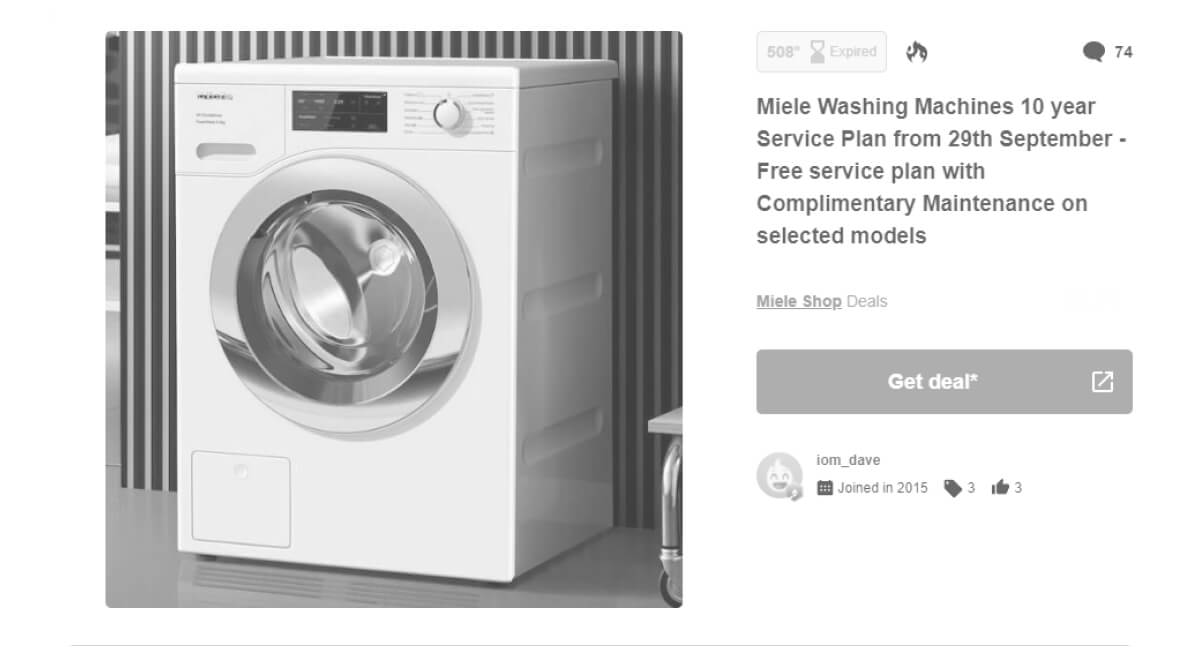
If you're selling a service, offer something for free or at a considerable discount (like half-off) for first-time customers.
You could even give customers some kind of bonus if they act now (within 24 hours or whatever time frame makes sense).
Tip #6 Use an easy-to-read structure and formatting
Now, think about it – who wants to read an ad that seems haphazard?
Take the time to make your ad look well thought out and professional, even if you just started your business yesterday.
- Put the headline at the top of your ad – here you should include keywords related to what you are selling.
- Add subheadings under the main headline – these should clearly describe what's in the paragraphs below.
- The most important text should be at the top of each paragraph, followed by supporting information.
- Don't try to cram everything into your headline — instead, use the single focus format.
This straightforward template is perfect for selling products or services with only one main advantage or benefit.
It contains these three sections:
- Headline: The headline should be attention-getting and compel people to read further.
Ask a question or make a statement that immediately gets attention from readers with one of their biggest problems or desires.
- Body: The subhead is a continuation of the headline and should be used to reinforce what's in the headline.
Describe how your product/service solves that problem or fulfills that desire in detail and prove it with facts and benefits.
Always remember the "2-to-1" formula - two benefits for every feature.
- CTA: The call to action is an integral part of every ad that advertisers often ignore.
Use it to help readers understand what you want them to do when they've finished reading your ad: Call now! Order today! Visit our Website! Mail-in the coupon!
Include an easy way to order or get more info from you via the phone number, Web address, coupon, email, etc.

Tip #7 Build trust with testimonials and social proof
It isn't rocket science – people feel better when they know others are doing something they are thinking about doing.
The same holds for buying things online.
By telling people who else has purchased your product or service, you give them a reason to believe that what they're considering is something other people are also doing.
If you're making a promise, show proof that supports it!
That builds trust and confidence – two essential elements of successful sales.
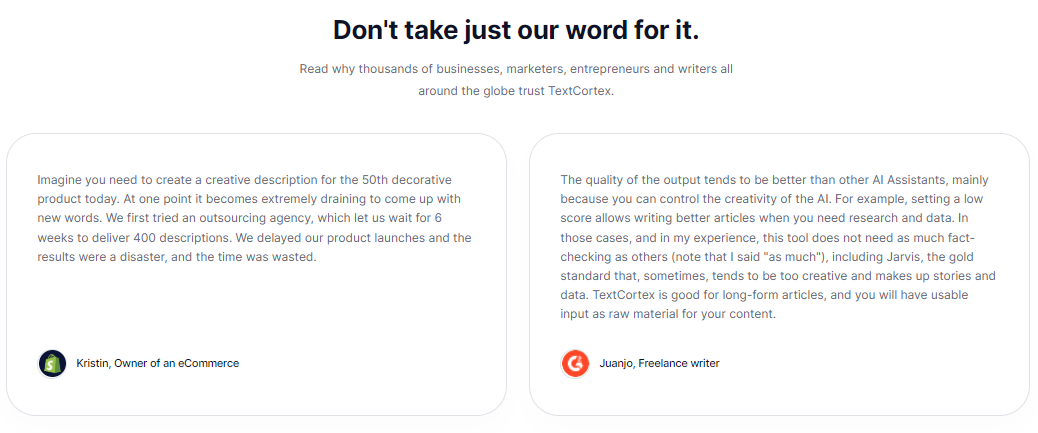
Here's where you present some independent proof that others like your product or service.
That could be testimonials from customers that love what you sell or media recognition (magazine articles, TV interviews, and so on) that show your product or service in a good light.
Tip #8 Golden 3Ps
A good ad is a balanced equation of product, promotion, and price – the 3 Ps:
1. The product – a distribution strategy
It's not enough just to state your product or its benefits – e.g., "This product will help you lose weight."
Instead, focus on the benefits – e.g., "This product will help you lose 20 pounds to look great on your wedding day."
Make it Specific.
For example, instead of saying, "Get better value for money," say, "$100 worth of free bonuses if you order today."
2. The promotion – communicate your product
Advertising is not just putting an offer into words — it's also presenting your product at its very best.
Make it easy for customers to remain loyal and want to purchase more products.
Use coupons, contests, and other promotions to get people excited about buying from you. These kinds of incentives can be very motivating for buyers.
3. The price – a brand pricing strategy
Ultimately, the only thing that matters is whether the customer is getting a good deal for their money.
You can spend weeks crafting an ad that's witty and appeals to emotions, but if your price is too high, nobody will buy it.
It's important to keep track of what your competitors are charging to position your product as being either cheaper or better.
Tip #9 Use AI Tools To Automate The Process
For a good campaign, advertising is key to building and growing a business.
However, one problem with ads is that there can be so many choices about where to advertise and what to say in those ads to stand out.
That's where artificial intelligence can help.
AI tools can help you create optimized ads depending on the sales channel within seconds – meaning that you can spend time growing your business instead of managing your ads.
By implementing AI tools in your work progess, you are a step closer to publishing unique and converting content without overthinking.
To create Facebook Ads or Instagram captions, all you need to do is sign up to the TextCortex web app, navigate to the Creator Suite segment, choose “Ads Copy,” template and enter details regarding your service or product.
Once you’re done, hit “Create,” and your content ad copy will be ready in seconds.
In addition, AI tools can help create different versions of your ads so that you can easily target multiple demographics.
The best part is that you can:
- Create tons of ad copies for different campaigns in seconds
- Re-create as many times as you want
- Copy generated content to make it live on the desired platform
- Save generated ad content to your favorites for later use
Voila! You can scale up your ads in a couple of light clicks.
The Best Copywriting Formula For Killer Ads
William Bernbach once said, "Advertising is the art of persuasion."
Sadly, not everyone in business knows how to write ad copy that sells, and that's not something the business schools teach, either!
We've put together this short guide to help you get started on writing your money-making ads.
At the very least, these tips will give you a good foundation for crafting better sales letters and web pages.
To attract more customers that convert, you need an ad copy that sells.
TextCortex can help you with all that.
The best part about TextCortex is that it does all of the heavy lifting for you.
Not only can you produce up to 10x more ads in 70% less time, but you will also save money.
Claim your free account, and let TextCortex boost your sales and revenue today by writing compelling ad copies in seconds.

